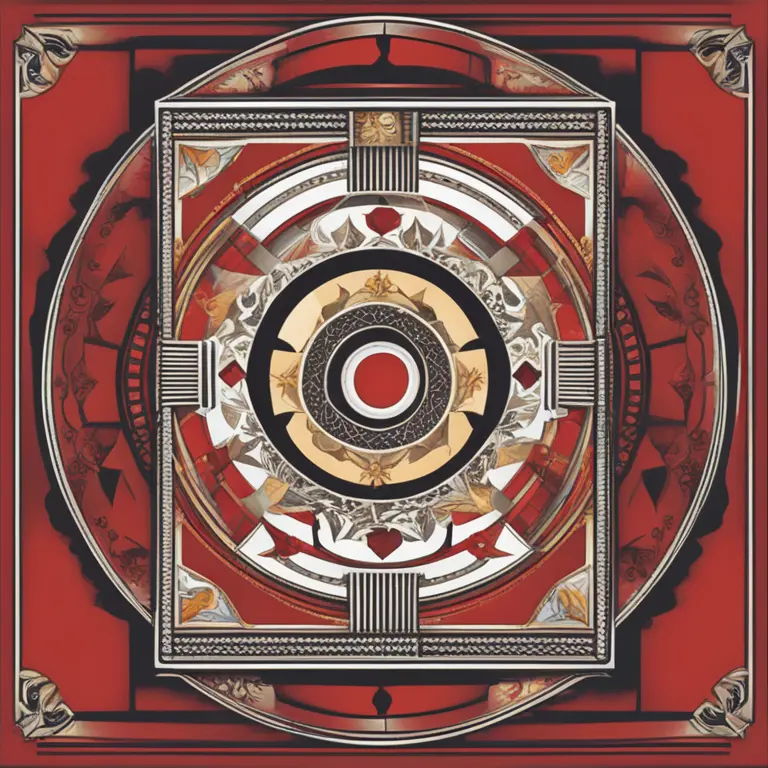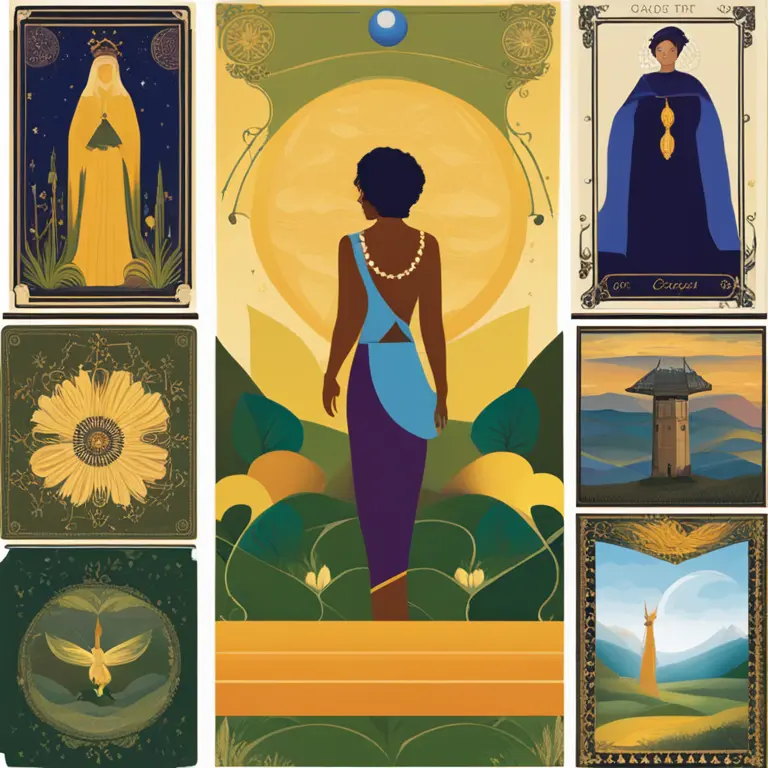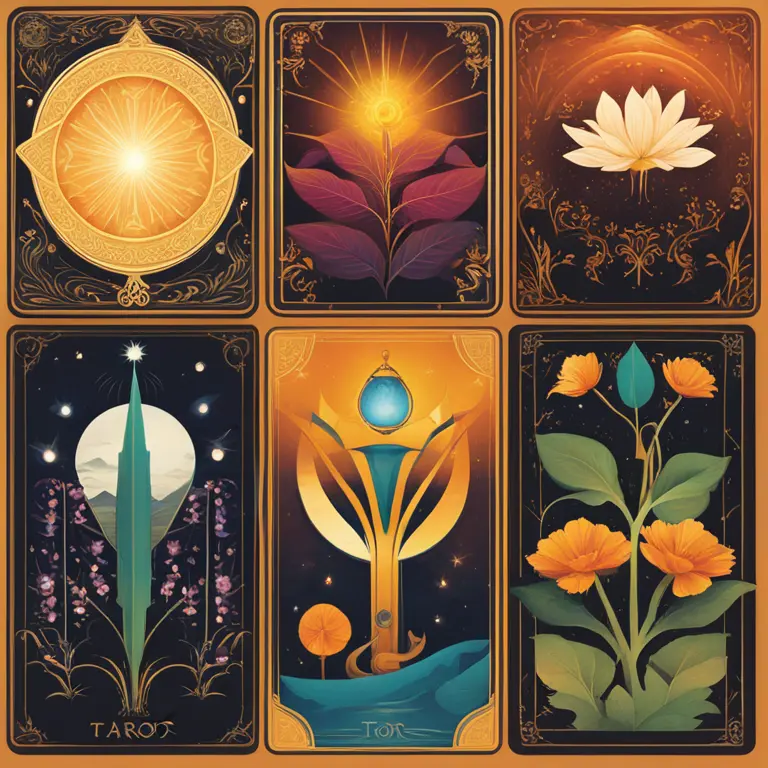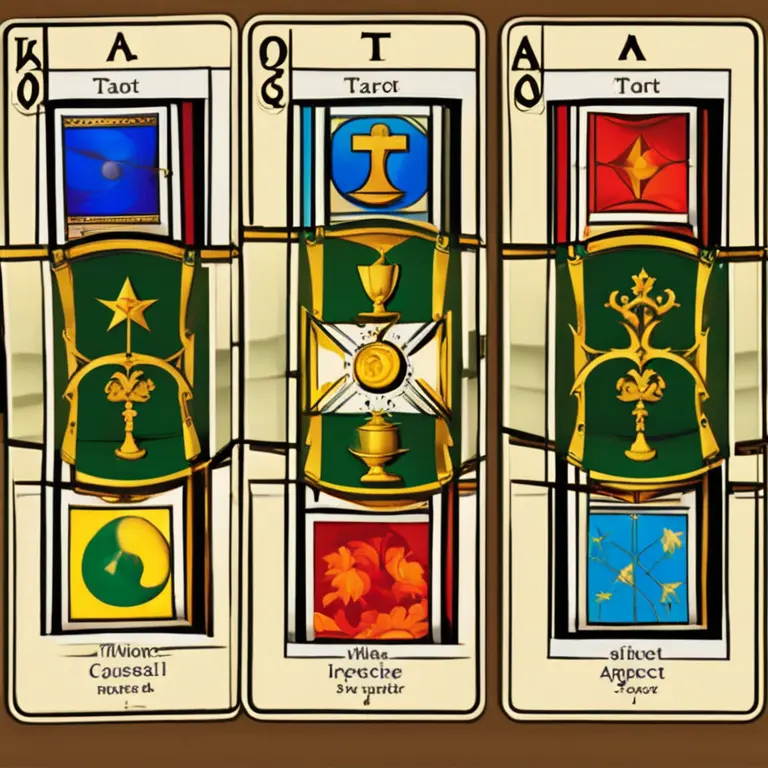
Introduction to Tarot
Welcome to the mystical and symbolic universe of tarot! For centuries, tarot has been utilized as a tool for introspection, guidance, and divination. As a newcomer, you might feel overwhelmed by the depth and complexity of tarot decks, each consisting of 78 cards divided into the Major and Minor Arcanas. The Major Arcana contains 22 cards representing life's karmic and spiritual lessons, while the Minor Arcana includes 56 cards reflective of the trials and tribulations we face daily. Together, these cards tell a story in each reading, offering insights and perspectives that can guide you on your path.

Choosing Your Deck
Your journey into tarot begins with selecting a deck that resonates with you. There is a wide array of tarot decks available, featuring diverse themes and art styles, ranging from the traditional Rider-Waite to more contemporary or thematic decks. It's essential to choose a deck that speaks to you visually and intuitively, as your connection with the imagery will aid in interpreting the messages during readings. Don’t rush this process; allowing the right deck to find you is part of the tarot tradition.

Understanding Tarot Spreads
A tarot spread is the layout of cards used during a reading, each position representing a different aspect of the question or situation at hand. The simplest spread is the three-card draw representing past, present, and future. More complex spreads, like the Celtic Cross, can offer deeper insight into various nuances of your circumstances. It's best to start with simpler spreads and gradually work your way to more intricate arrangements as you become more accustomed to the cards' meanings and interactions.

Interpreting the Cards
Each tarot card has its unique symbolism and potential interpretations. In the beginning, it's useful to study the standard meanings of each card but also pay attention to your intuition and emotional responses to the images. Over time, you'll begin to develop a personal connection with the cards and their significance, which will enhance the quality and depth of your readings. Remember, the cards are a mirror to your subconscious, reflecting your innermost thoughts and feelings.

Practicing Regularly
Mastery of tarot is an ongoing journey, one that requires practice and patience. Start by pulling a card each day, reflecting on its meaning, and noting any correlations between the card and your day's events or your inner state. Journaling your readings can be incredibly beneficial for tracking your progress and recognizing patterns in the cards. As with any discipline, the more you practice, the more confident and proficient you will become in harnessing the tarot's prophetic abilities.
Ethical Considerations
When delving into tarot reading, it's paramount to approach the practice with respect and an ethical mindset. Tarot readings should empower, not create fear or dependency. Be mindful of the weight of your words when reading for others, and always aim to use the tarot responsibly, fostering a climate of positivity and self-growth. With tarot's guidance, you have the opportunity to enhance decision-making and explore life's many potentials with greater clarity.
Published: 1/17/2024
Modified: 1/17/2024
More predictions
Come back here soon to learn more about yourself and your future



